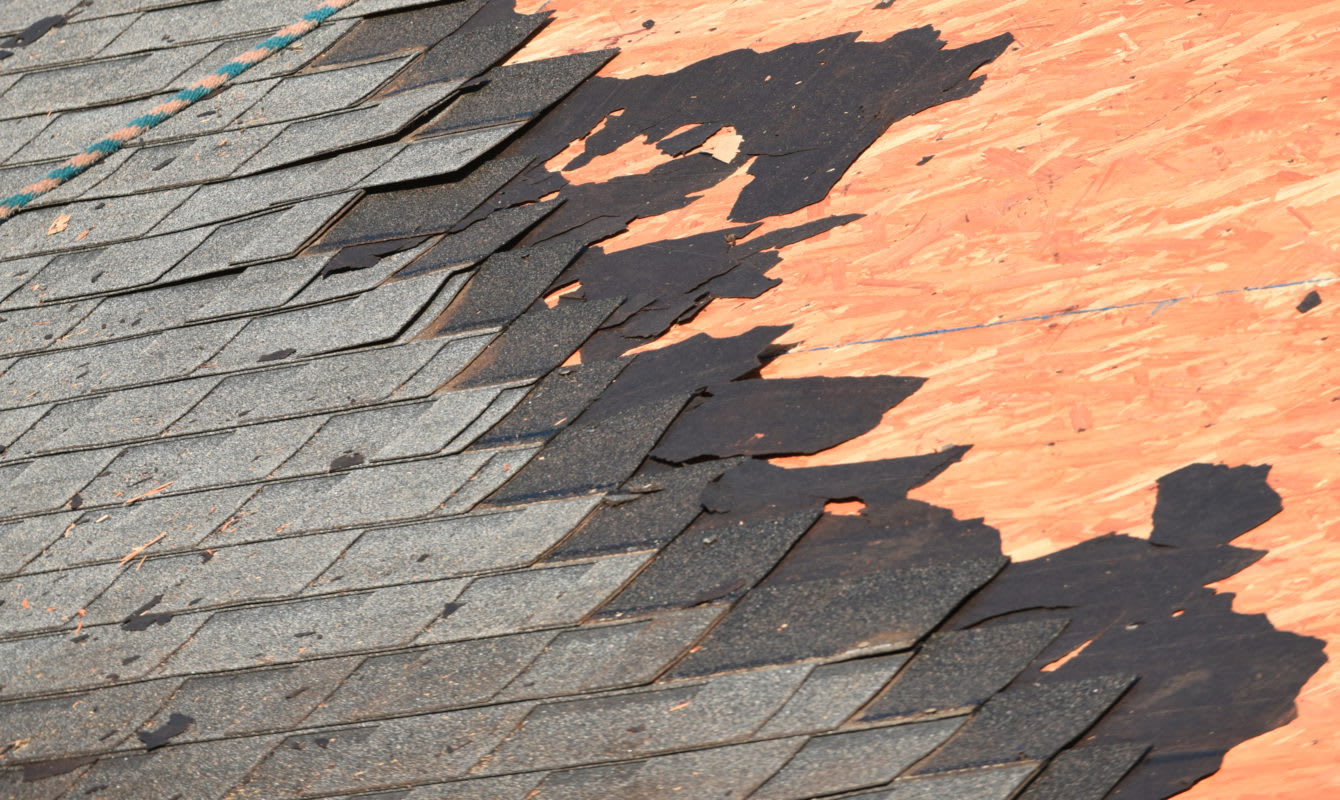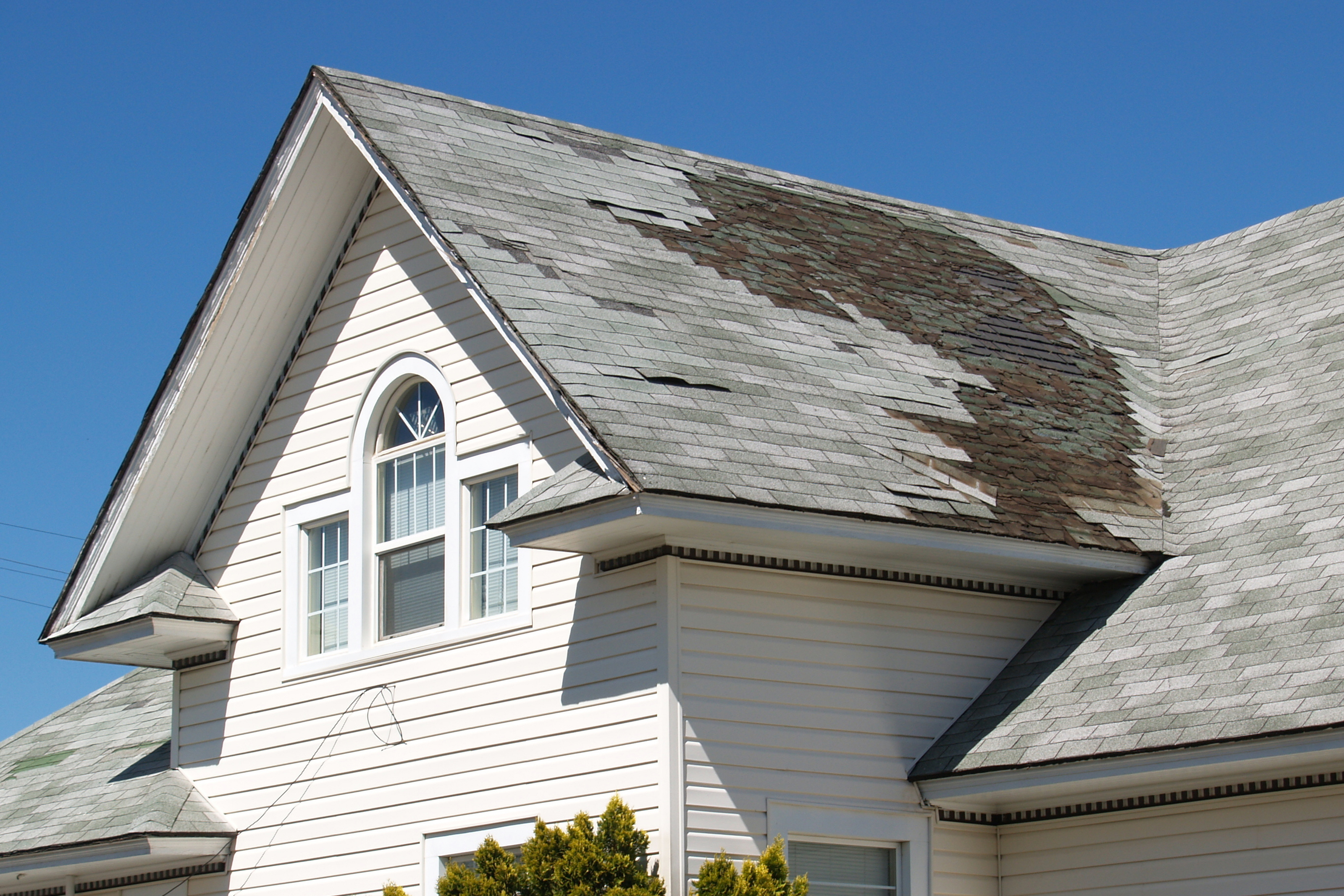Recognizing the Different Kinds Of Roofs: A Comprehensive Guide for Homeowners
In the world of homeownership, selecting the ideal roof style is a choice that carries substantial implications for both performance and visual appeal. With a selection of alternatives-- ranging from the conventional gable to the contemporary level-- each type presents one-of-a-kind benefits and obstacles that must align with the property owner's particular needs and ecological considerations. Recognizing these differences not just help in making an educated option but also influences long-term maintenance and power efficiency. As we check out the ins and outs of numerous roof covering kinds, it comes to be evident that dimension does not fit all; the appropriate choice might shock you.
Saddleback Roof
Saddleback roofs, characterized by their triangular shape, are amongst the most preferred roof styles as a result of their simplicity and performance in shedding water and snow. This layout includes two sloping sides that fulfill at a ridge, enabling for reliable drainage and lessening the danger of water buildup. The steep pitch commonly connected with saddleback roofs improves their capacity to deal with hefty rainfall, making them appropriate for different environments.
Along with their functional advantages, saddleback roofs provide visual adaptability. They can be adjusted to numerous architectural designs, from standard to contemporary homes. The layout can additionally suit additional functions such as dormer home windows, which enhance natural light and air flow in the attic room room.
Additionally, saddleback roofs supply ample area for insulation, adding to power effectiveness. House owners can select from a variety of roofing materials, including asphalt shingles, metal, and tiles, better enhancing customization options.
In spite of their advantages, saddleback roofs might call for extra assistance in locations vulnerable to high winds or hefty snowfall. Overall, the saddleback roof remains a preferred choice as a result of its blend of functionality, longevity, and aesthetic allure.
Apartment Roofs
Level roofings are commonly acknowledged for their minimalist layout and useful applications, particularly in industrial and industrial settings (oahu roofing). These roofs include a straight or virtually straight surface area, which permits simple building and versatile space application. While they might do not have the visual allure of angled roofs, level roofing systems provide many advantages, specifically in metropolitan environments where taking full advantage of area is essential
Among the main benefits of flat roofings is their ease of access. Homeowners can make use of the roofing system room for numerous functions, such as roof gardens, balconies, or solar panel setups. Additionally, level roof coverings are typically extra cost-efficient to mount and maintain contrasted to their sloped equivalents, as they call for fewer products and labor.
Nevertheless, flat roofs do existing particular difficulties. Correct water drainage is vital to avoid water merging, which can lead to leakages and structural damages. Hence, selecting high-grade waterproofing materials and regular assessments are important for guaranteeing durability. Usual products utilized for flat roofing systems include built-up roofing (BUR), changed bitumen, and single-ply membranes, each offering distinct benefits. Generally, level roofing systems work as a practical and versatile choice for numerous property owners and companies alike.
Hip Roofs
Hip roofs are characterized by their sloped sides that converge at the top, forming a ridge. This style is unique from saddleback roofs, as all four sides of a hip roof slope downwards toward the walls, providing an extra steady structure. The angle of the slopes can vary, permitting flexibility in architectural visual appeals and capability.
Among the main advantages of hip roofing systems is their ability to hold up against heavy winds and unfavorable climate condition. The sloped surfaces enable far better water drain, reducing the danger of leaks and water damage. Furthermore, hip roofs offer boosted attic room, which can be used for storage or also transformed into comfortable locations.
Nonetheless, constructing a hip roof covering can be a lot more pricey and complex than less complex roofing system kinds, such as gable roofings. The added product and labor associated with developing the slopes and making certain appropriate structural honesty can result in greater expenses. In spite of these drawbacks, several property owners prefer hip roofing systems for their durability, aesthetic charm, and possibility for energy effectiveness.
Mansard Roofs
Mansard roofing systems, often identified by their unique four-sided style, attribute two slopes on each side, with the reduced slope being steeper than the upper. This building design, stemming from France in the 17th century, is not only click here for more cosmetically appealing but practical, as it takes full advantage of the useful space in the top floorings of a structure. The steep reduced slope enables even more clearance, making it an optimal selection for loft spaces or attic rooms, which can be exchanged living areas.
Mansard roofs are defined by their adaptability, suiting numerous architectural designs, from typical to modern. They can be constructed with different materials, consisting of asphalt tiles, slate, or steel, giving homeowners with a variety of choices to suit their spending plans and choices. Additionally, the design enables the integration of dormer windows, enhancing all-natural light and air flow in the top levels.
Nevertheless, it is necessary to take into consideration the prospective disadvantages. Mansard roofings may require more upkeep due to the intricacy of their layout, and their high slopes can be challenging for snow and rainfall overflow. Generally, mansard roofings combine elegance with functionality, making them a prominent choice amongst home owners looking for distinctive architectural functions.
Shed Roof Coverings
As house owners progressively seek simplicity and capability in their find more info building styles, shed roof coverings have become a preferred option. Characterized by a single sloping aircraft, a shed roofing provides a minimal aesthetic that complements various home styles, from modern to rustic.
One of the main benefits of a shed roofing is its straightforward construction, which usually equates to reduce labor and material expenses. This layout enables efficient water drain, minimizing the risk of leakages and water damages. In addition, the vertical slope gives ample area for skylights, boosting all-natural light within the inside.
Shed roofings additionally offer convenience in regards to use. They can be efficiently integrated right into enhancements, garages, or outdoor structures like structures and sheds. Furthermore, this roofing system style can fit numerous roof covering materials, including metal, asphalt shingles, or also green roofing systems, lining up with eco-friendly initiatives.
Nevertheless, it is essential to think about regional climate conditions, as heavy snow lots may necessitate adjustments to the roofing's angle or structure. Generally, shed roofings offer a useful and visually pleasing option for homeowners wanting to make best use of functionality without jeopardizing style.
Verdict


Gable roofings, defined by their triangular shape, are amongst the most preferred roofing styles due to their simpleness and effectiveness in shedding water and snow. oahu roofing. The high pitch frequently connected with gable roofing systems enhances their capacity to deal with hefty precipitation, making them suitable for different environments
While they may do not have roofers oahu the aesthetic charm of pitched roofings, level roof coverings offer countless advantages, particularly in urban settings where making best use of room is important.

Comments on “Roofers Oahu: Professional Roof Installations and Repairs”